12 ‘secret’ drawings of gay sex and love from the ’40s and ’50s by Duncan Grant
"What is constant is their tenderness - these are not depictions of power plays, of aggressive or brutal encounters."
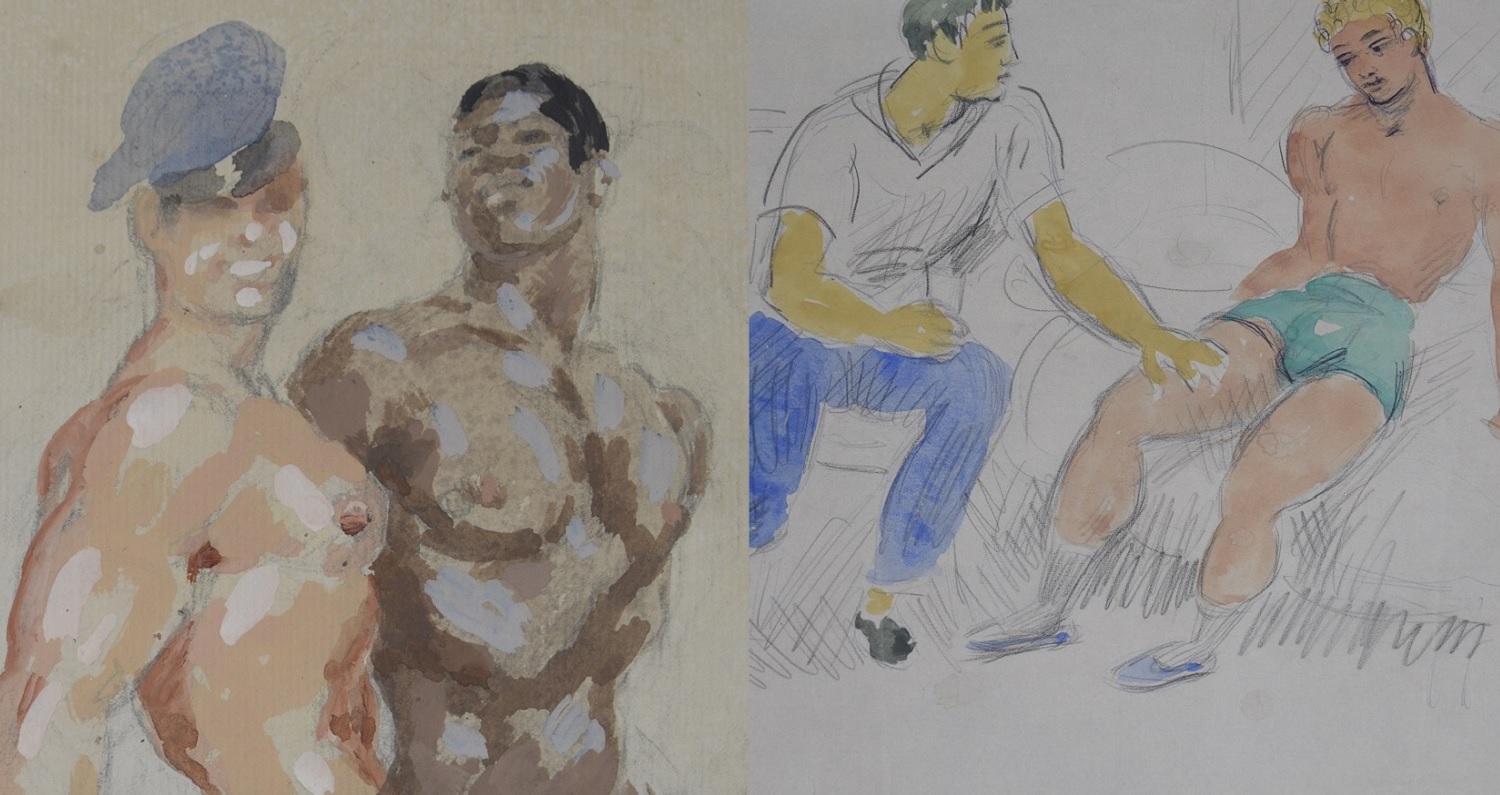
Words: Jamie Tabberer; all pictures: Untitled drawing, c.1946-1959, Duncan Grant (1885-1978), The Charleston Trust © The Estate of Duncan Grant, licensed by DACS 2020
A series of staggeringly homoerotic and formally “hidden” drawings by the late artist Duncan Grant have been unveiled by Charleston.
And they’re absolutely beautiful.
The artworks, which date back to the 40s and 50s, were initially kept under wraps because of the illegality of gay sex. (Homosexual acts between men were legalised in the UK in 1967.)
“The risk of discovery, of prosecution, of imprisonment was real,” Dr Darren Clarke, Head of Collections, Research and Exhibitions at The Charleston Trust tells Attitude
“So, they remained in secret, like so much of our LGBTQ+ culture.”
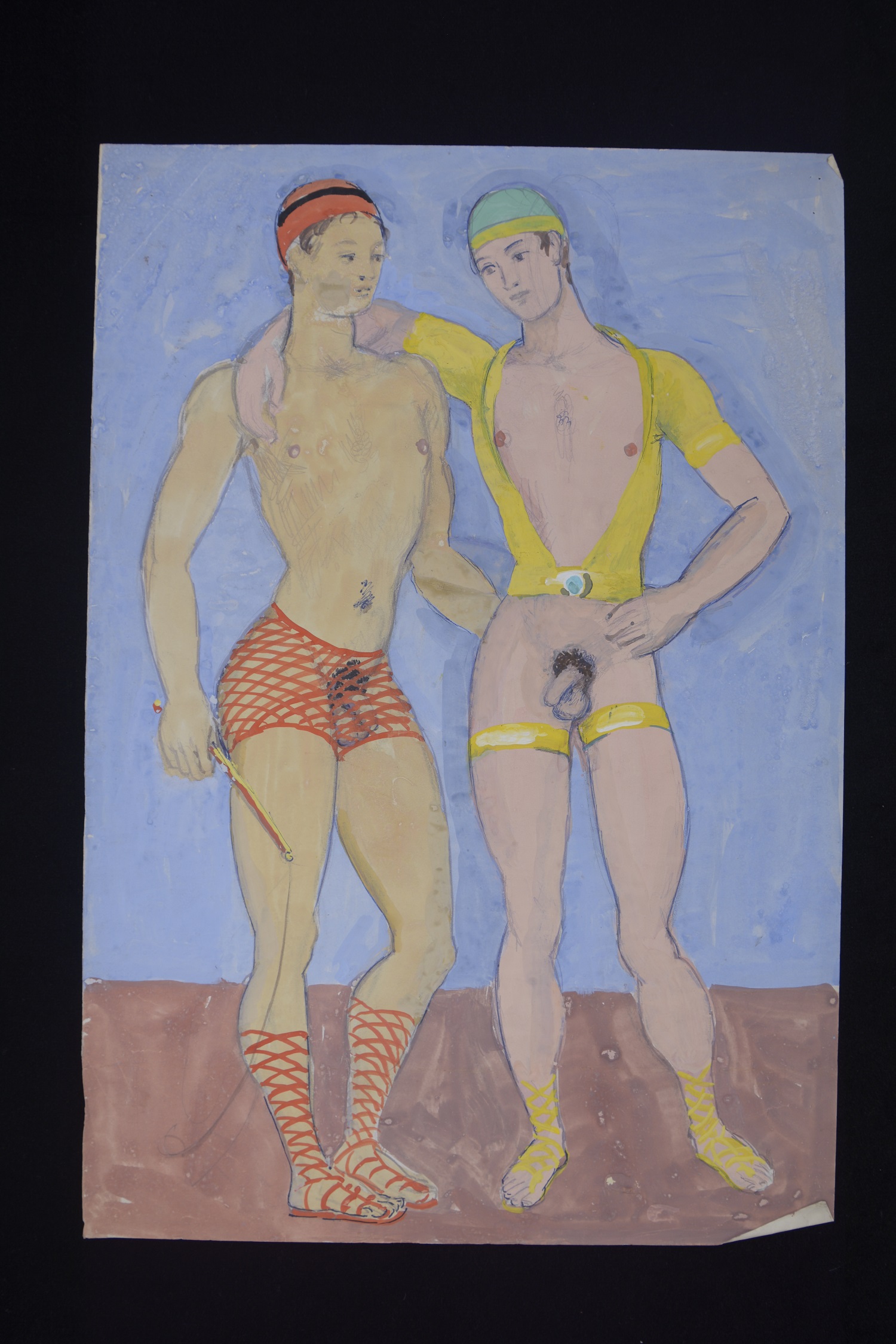
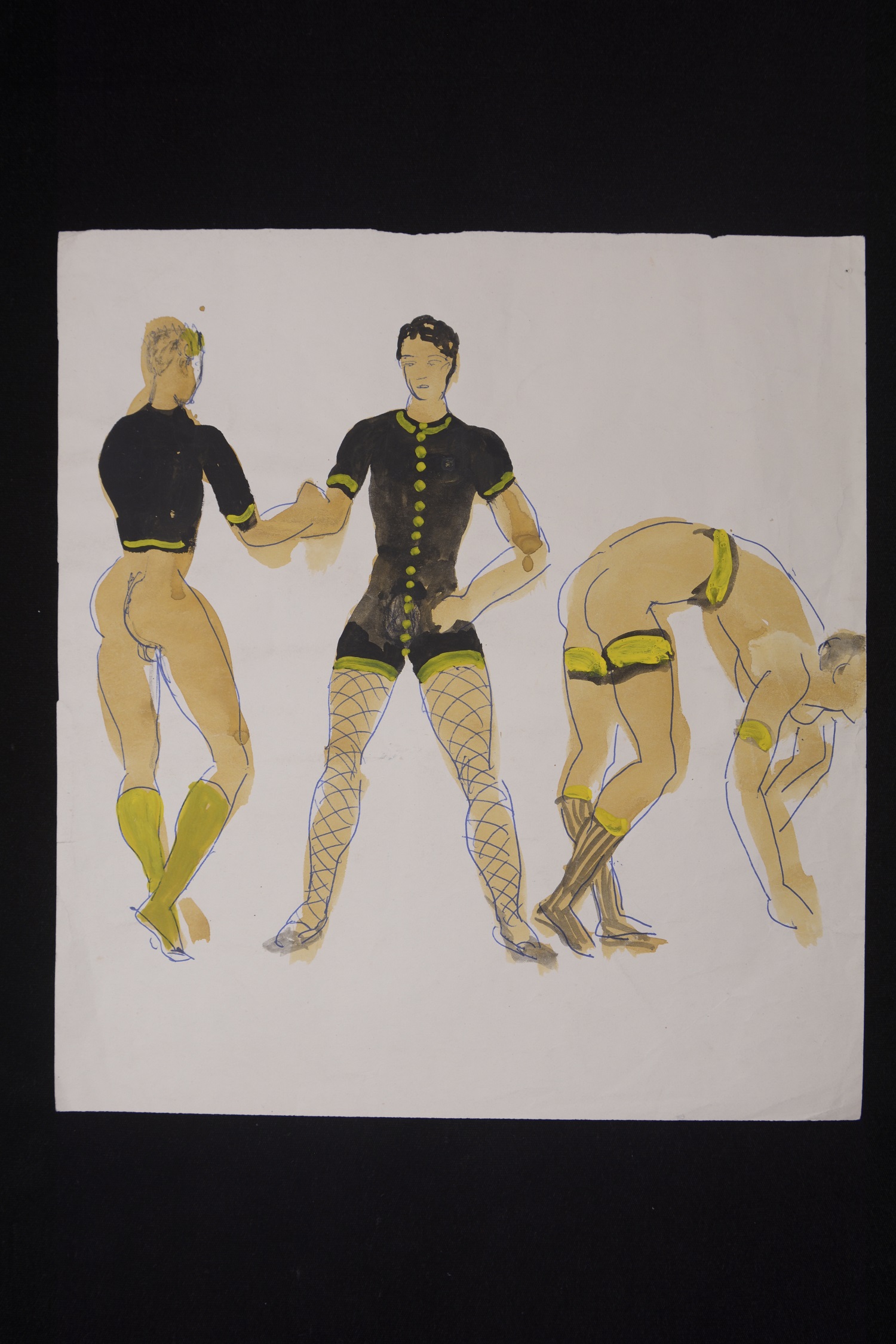
Charleston, in East Sussex, is the country home of Bloomsbury members Vanessa Bell and Grant, and thus associated with the Bloomsbury Group.
Grant’s drawings have been unveiled ahead of a coronavirus-induced campaign on Art Happens, the Art Fund’s crowdfunding platform for museums and galleries, to help Charleston open its doors in spring 2021.


“More than 400 images of queer sex”
Here, Dr Clakre tells us more about Grant’s drawings.
“Turning over one piece of paper after another, what appears are more than 400 images of queer sex: of couples, throuples and more. Drawn and painted with Duncan Grant’s fluid, sensual, yet confident hand, these works are a celebration of queer sex, a major body of work that changes our perception of both the artist and the world he lived in.
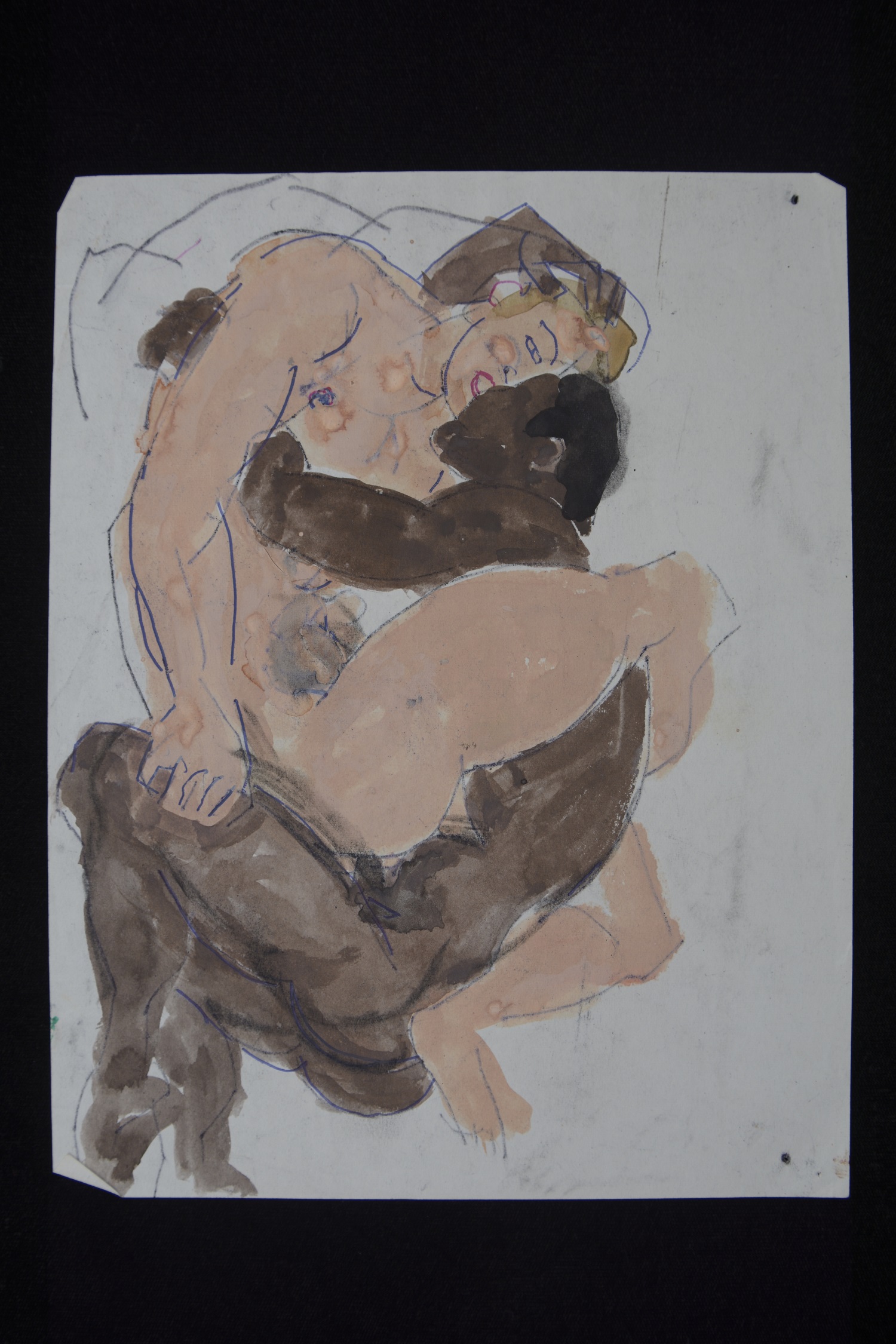
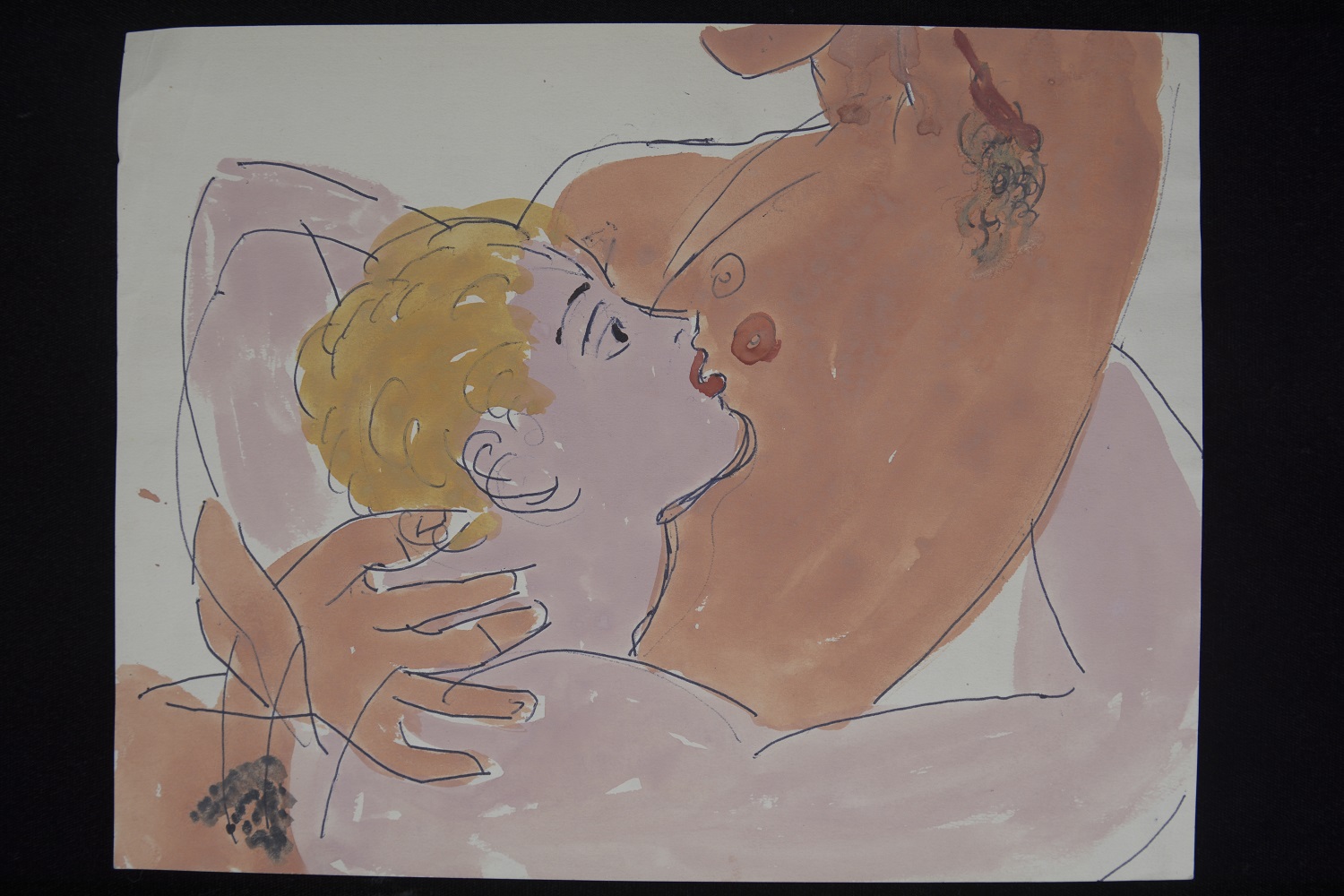
“With such diverse influences as Greek mythology, bodybuilding magazines and American soft-core magazines like Physique Pictorial, mixed with memories of lovers from Grant’s own lifetime of sexual encounters, the artist explored, recorded, and celebrated these highly personal encounters.
“What is constant is their tenderness. These are not depictions of power plays, of aggressive or brutal encounters. During the most intense and involved sex act, all the participants are expressing joy and affection; a gentle hand on the head, a back arched in ecstasy, a tender caress, a contented smile on the lips.
“‘Never be ashamed’ was a belief that Duncan Grant lived by, so at first it may appear strange, even hypocritical that this collection of works were hidden, marked ‘very private’, that there is a palpable sense of fear at their discovery.

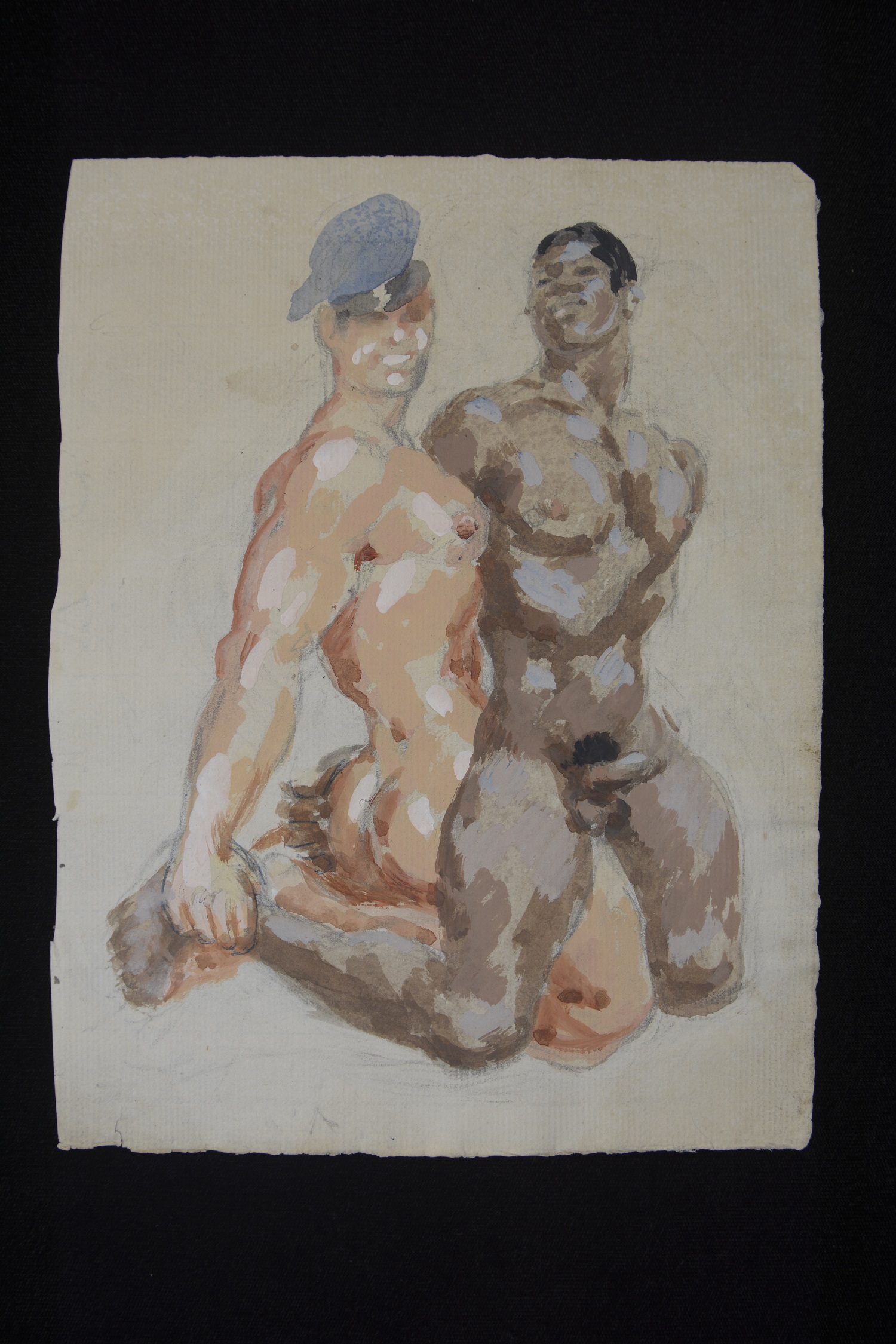
“The works come from the late 1940s and 50s, a time when these beautiful and consensual acts were outlawed. After the relative freedoms of the Second World War, the authorities in peace time Britain began to assert a new controlling puritanism, stamping on anything that deviated from the heteronormative.
“There were high profile prosecution cases of people that moved in Grant’s circle. The risk of discovery, of prosecution, of imprisonment was real. So, they remained in secret, like so much of our LGBTQ+ culture.
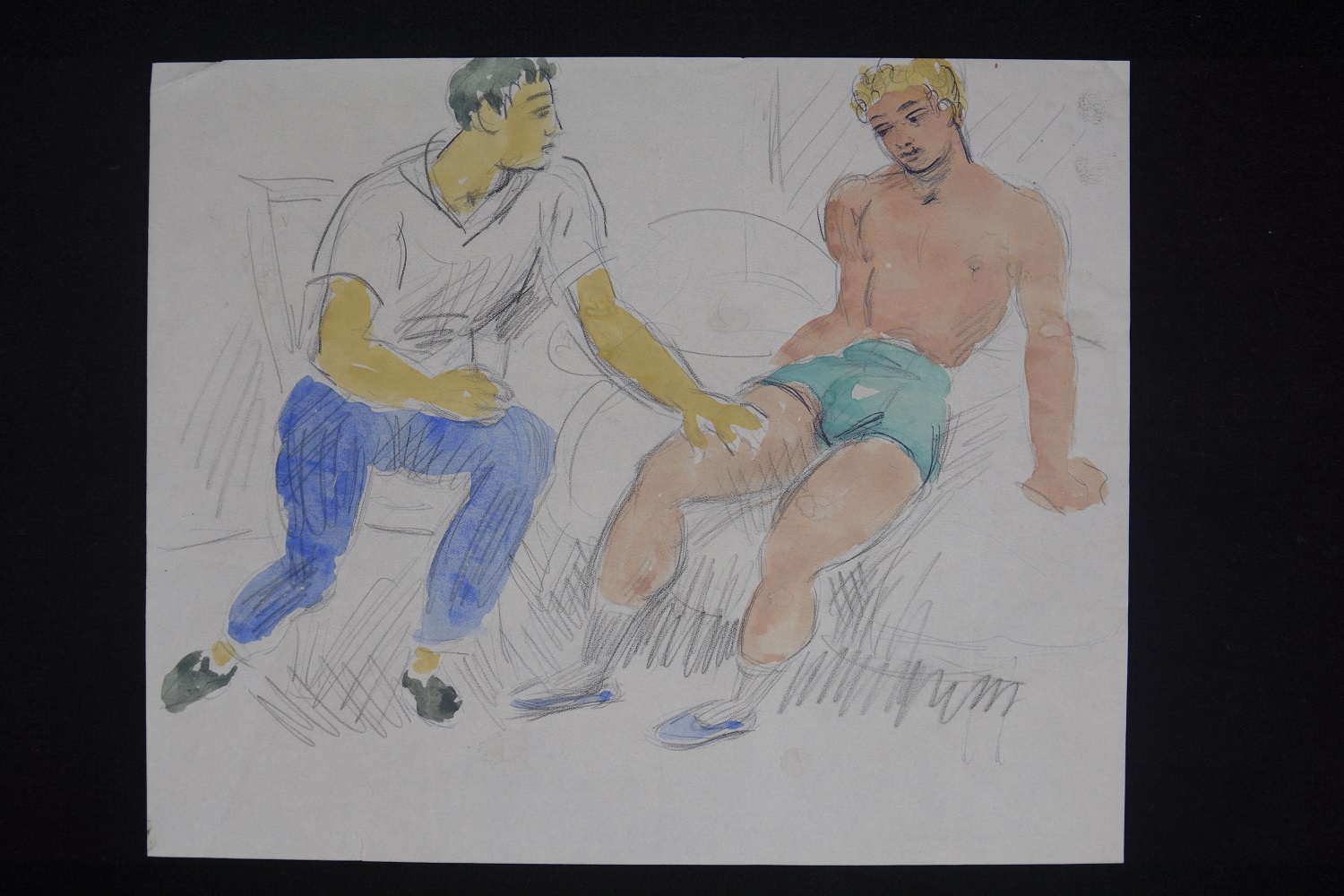
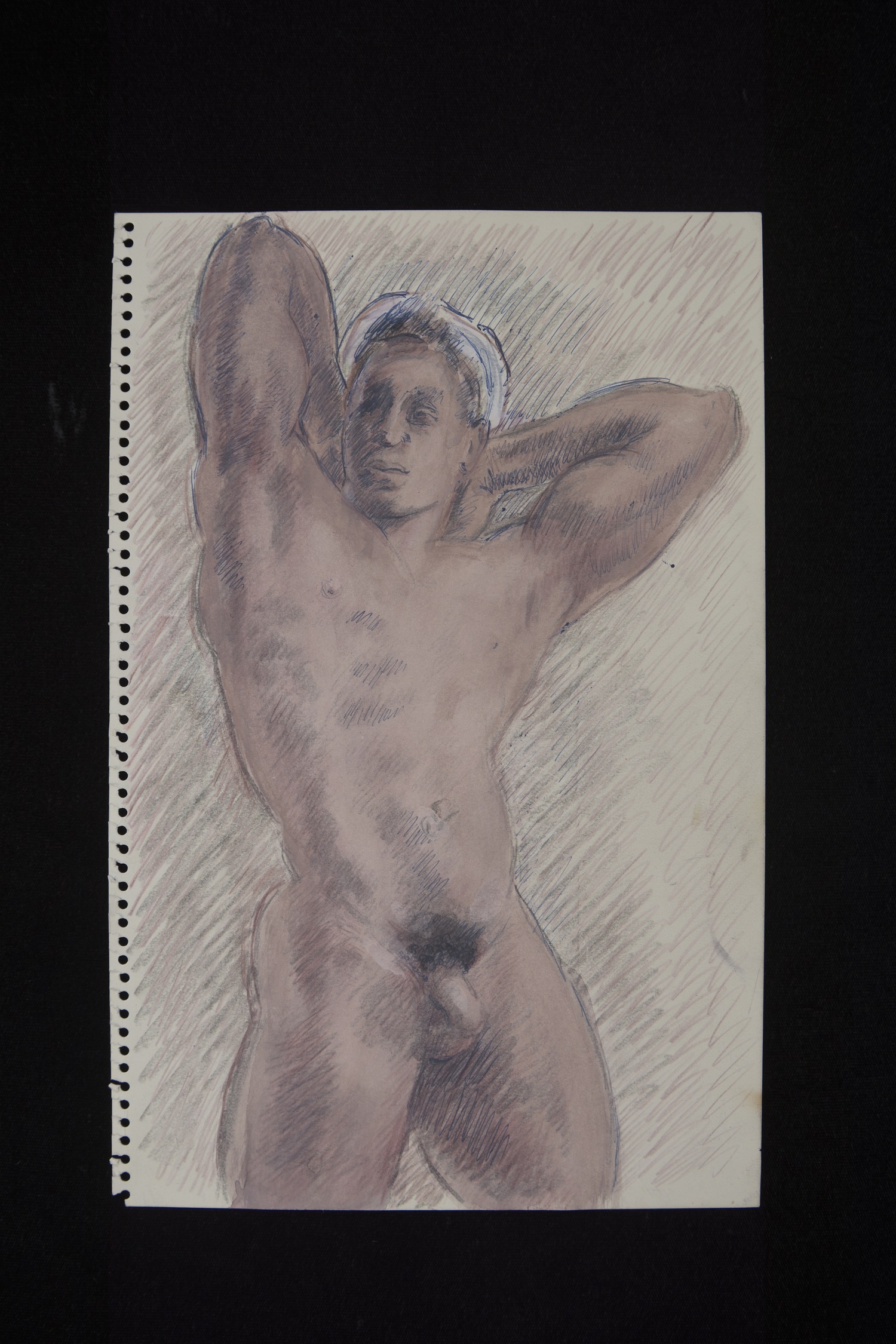
“Considered to be outside of Grant’s public work, not legitimate or an important part of his history, these works remained private, left under the bed, in the closet of Bloomsbury studies.
“Historians and biographers talk about the complicated love lives of the Bloomsbury group in abstracted ways, in lists of lovers, in dates and jealousies, but in these works we see what love is, in all its intensity and tenderness.

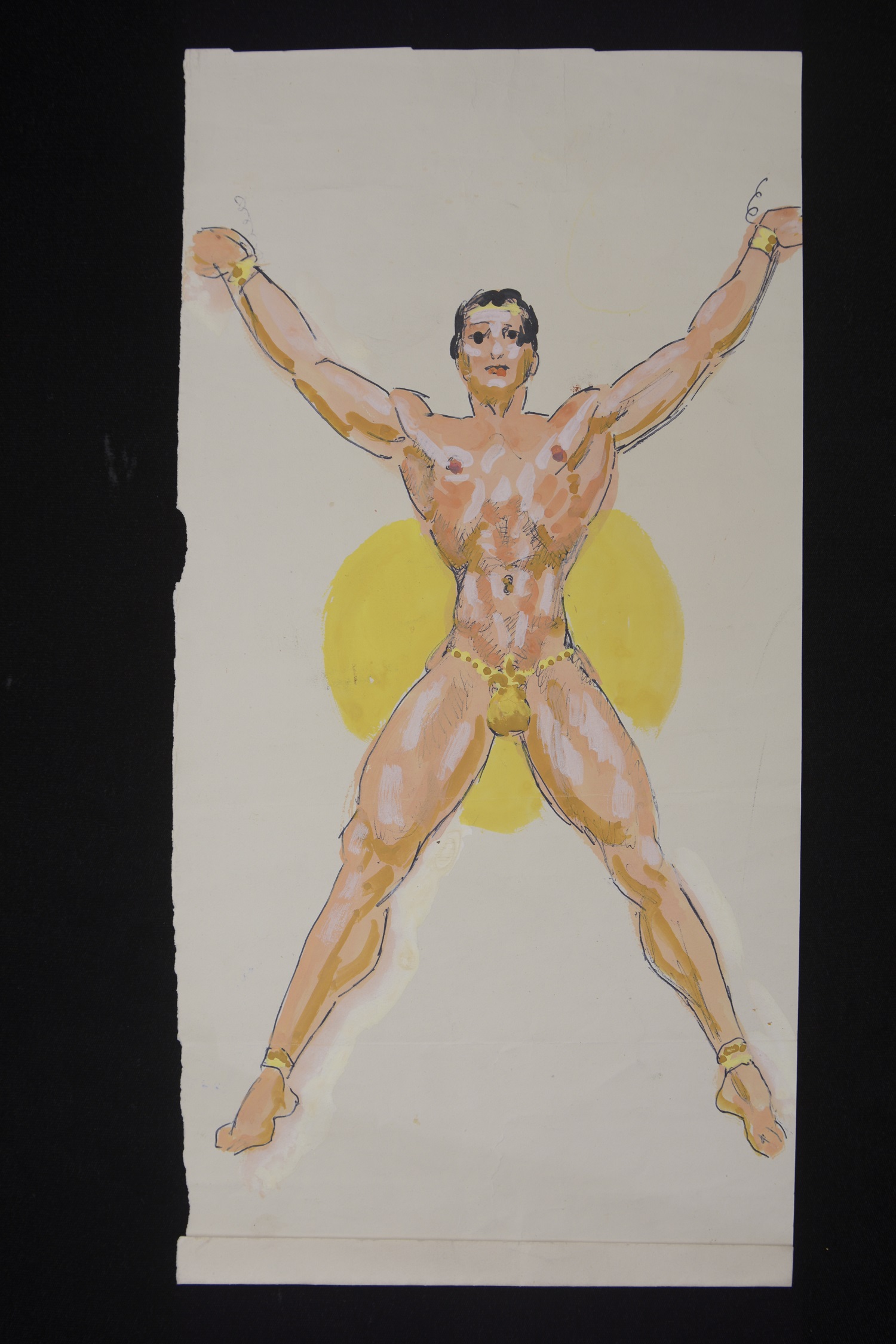
“Here is the pleasure of love, the physical, the hard, the soft and the beautiful.”
For more information about Charleston, click here.
(All pictures: Untitled drawing, c.1946-1959, Duncan Grant (1885-1978), The Charleston Trust © The Estate of Duncan Grant, licensed by DACS 2020)
The Attitude November issue is out now to download and to order globally.
Subscribe in print and get your first three issues for just £3, or digitally for just £1.54 per issue.

